#waterton
Explore tagged Tumblr posts
Text

Waterton, Alberta
#jlepape#monochrome#blackandwhite#bnw#photographers on tumblr#photooftheday#landscapephoto#bw_lover#photography#original photographers#raw community#waterton#alberta#lake
111 notes
·
View notes
Text

Pincher Creek, Alberta
Apr 2014 | R. Clark-Martin
#0066
#alberta#waterton#lensblr#original photographers#photographers on tumblr#photography#photooftheday#snapshot#photoart#beautiful photos#travel#vsco#mountains#prairie
50 notes
·
View notes
Text
Hiking Journal: Waterton Lakes NP,
Bauerman/Blakiston Valleys Loop Part II, July 22

We ate our largely flavourless protein-rich oatmeal with its nicer chunks of freeze-dried fruit by the lake as dawn fell down along the east aspect of Avion Ridge. The most ambitious plan for the day had been 10km of up-and-over alpine walking along the top of the ridge, descending via the Castle River Divide to Snowshoe campground. But as morning winds rose, hesitancy prevailed and we opted to return to the low valley road. In the morning light, the unnamed middle peak between Anderson Peak and Mount Bauerman made a cool sight as we came down from Goat Lake the way we’d come up the afternoon before.

Back in the valley floor it was hot again, but thankfully we quickly passed the end of the 2017 burn so the forest was more shaded. I’d almost forgotten what real trees with wide green boughs looked like. We arrived to Snowshoe in time for lunch.
After pitching camp, it was agreed we could try tackling Avion Ridge from the other side, which seemed to be the more popular direction anyway. Some other campers from Goat had taken the ridge and we re-encountered them, telling of a good traverse. So we made our way gradually up through the trees to the Castle River Divide, the edge of the park and border of less-regulated Castle country. From that subalpine saddle the trail up the side of the ridge turned steep, and hot. The views were alright, but it was a slog. We turned around well before the summit and returned to a lazy camp dinner.

4 notes
·
View notes
Text

Prince of Wales Hotel, Waterton Lakes National Park, Alberta, Canada
📸 by @danschyk
#Prince of Wales Hotel#Waterton#Waterton Lakes National Park#Alberta#@danschyk#Canada#Nature#Travel#Night Photography
3 notes
·
View notes
Text

7 notes
·
View notes
Text


Yearning for something simple and somewhere quiet
Waterton - Ricoh kr-10
#my film#film#film photography#film photograhers#photography#picture#mountain#mountain town#waterton#analog#analog film#archetecture#small town#small towns#photographers on tumblr#Ricoh film#Ricoh camera#Ricoh#old buildings#character#art#artists on tumblr
6 notes
·
View notes
Text
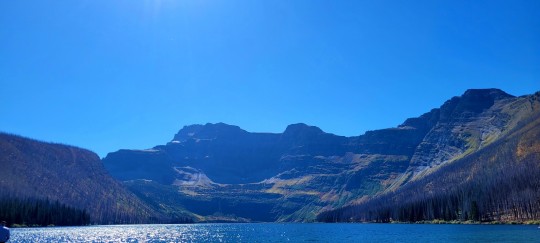
Waterton National Park. September 2023
#my photos#my pics#photography#canadian rockies#rockies#rocky mountains#not photography#hiking#Waterton#waterton national park#alberta#Canada#mountains
2 notes
·
View notes
Text
Theres a startling number of tourists who come in to the ice-cream shop asking what vegan options we have, and I'm just like "Ma'am, this is a town with approximately 10 permanent residents, where you can buy handmade moccasins next door. We are naught but simple country folks who drink milk and eat meat, both of which came from farms down the road."
#like we can get you a snow cone but thats about it#its called ice CREAM#summer job#ice cream shop#big scoop ice cream shop#waterton#ive actually had to explain to co-workers what vegan means because its such a foreign concept here#like we have a list of celiac friendly and nut free options for allergies#and a list of egg free for anyone either alergic or with religious restrictions against milk & eggs together#and even one dairy free one (though it does have egg so its not vegan)#but a carnivore diet is much more common here than vegan
2 notes
·
View notes
Text

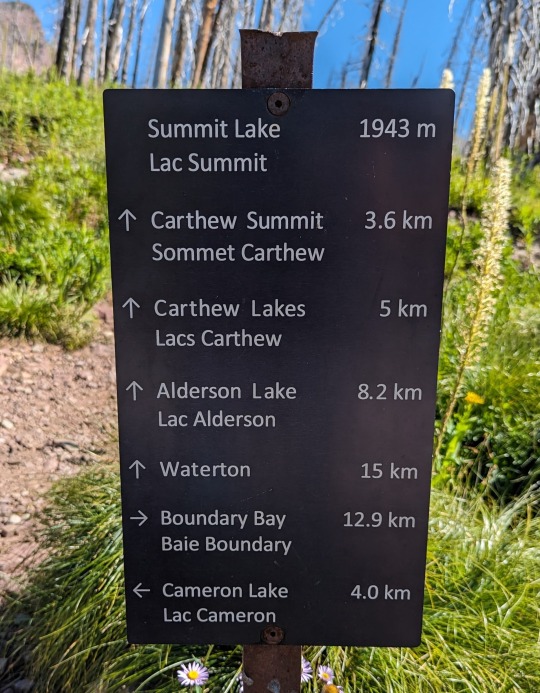

post-meetup hike to find some peace & quiet.
4 notes
·
View notes
Text

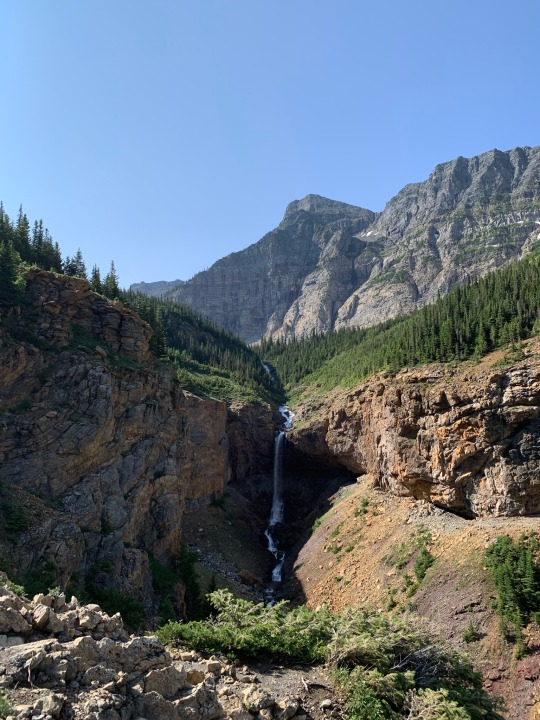

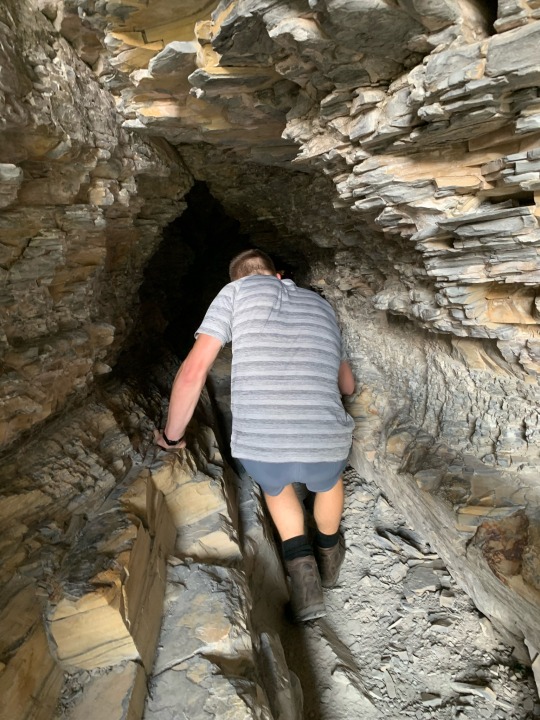

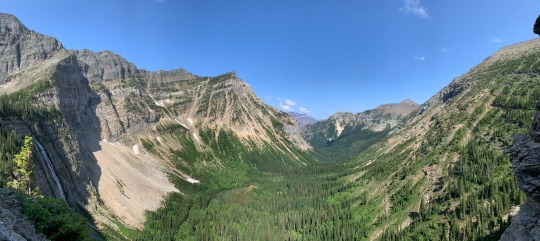

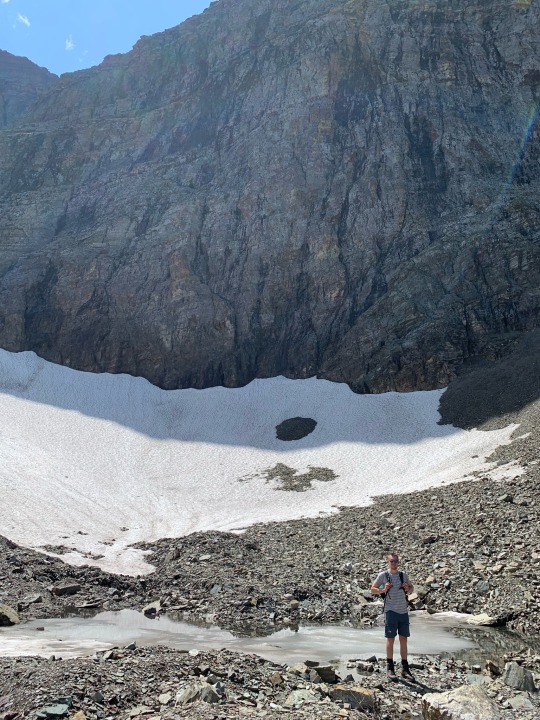

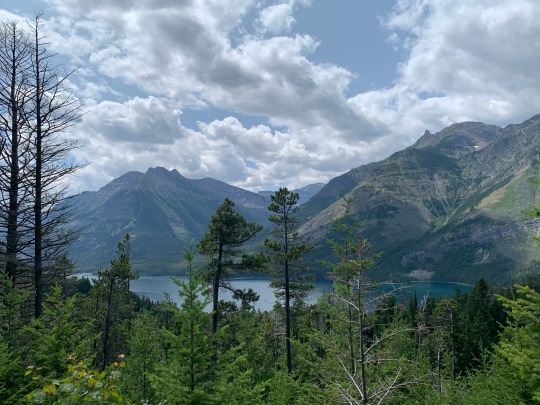
The Crypt Lake Trail is rated by National Geographic as one of the world's 'most thrilling hikes' and has been on my list for a number of years. It was about 18.5km round trip and consists of a pretty steady incline up to the lake, along with a few unique things like a ladder, a 60 ft long cave which narrows to 4ft in height in the middle, and chains to prevent slipping off the cliff.
There were some beautiful views, plenty of wildflowers, a couple of waterfalls, a short snowball fight, and even an illegal excursion into US soil (as per picture 8 😂).
Overall we wouldn't rate it as difficult, and I equate thrilling with scary so I wouldn't consider it thrilling either as I felt very safe the entire hike. But it was definitely fun and I would do it again (although it costs $32 per person for a 15 min round trip boat ride to the start point 😅).
2 notes
·
View notes
Text

Waterton, Alberta
#jlepape#monochrome#blackandwhite#bnw#photographers on tumblr#photooftheday#landscapephoto#bw_lover#photography#original photographers#raw community#waterton#canada
117 notes
·
View notes
Text
Spring at Waterton 2024
0 notes
Text
Hiking Journal: Waterton Lakes NP,
Bauerman/Blakiston Valleys Loop Part I, July 21
On the first day of the backpack we set out from the busy parking lot at Red Rocks Canyon, an interpretive site where families like to splash in the tumbling pools of the scarlet argillite creek bed. The Kenow Fire swept through this valley and many others in the park in 2017. In the lower Bauerman, undergrowth has thickened greenly around the bases of what once was the forest — now a seemingly infinite array of white heartwood posts with blackened patches of bark still clinging in spots. Thick waist-high salmonberry bushes shared the ground floor with sapling lodgepole pines. The serotinous cones of the elder lodgepoles, it was clear, had burst open in the heat of Kenow, spreading the seeds of a new generation. Where not shaded by the young pines, still-blooming wildflowers grew along the path: scarlet paintbrushes fading pink in the drought, pale violet asters, and wild roses. The impression in the distance was of a zebra-striped cloud over green carpet. To the south, our left, the pyramid spire of Anderson Peak pierced the sky.

Little wildlife but birds seen out in the valley heat of midday (and it was hot, over thirty degrees!) but here’s a mother grouse we saw stalking us a bit in brave defence of her three chicks.

There was no water anywhere near the trail until we reached the junction up to Goat Lake. Here we climbed steeply — and hotly! — up the sun-blasted south aspect slope, where a thin waterfall (Goat Creek, I suppose) trickled out of a narrow notch in the cliff band.

From the heights, the end of the burn zone could be seen ahead, an abrupt transition to proper, needled trees. I’d almost forgotten what they looked like.

Here’s the beautiful outhouse at Goat Lake, the first campsite of the loop. The plan for the next day was to do as the sign suggested and follow Avion Ridge to Snowshoe campground. Stay tuned. This first day already took longer to write about than I expected so we’ll see how long the whole thing takes.

3 notes
·
View notes
Photo
#first the impressive rat repelling program and now this#what IS up with Alberta??#ruby thoughts#i might need to ask
Oh! If you're interested in learning more, I might be able to help! So to start with, the main thing about this graphic … it's not entirely true. Yeah, this map is almost certainly misrepresenting data from Parks Canada—it's counting ALL wildlife incidents as wildlife attacks. Given that the classification of wildlife incidents covers a pretty broad range of behaviours outside of being attacked, it shouldn't need to be said that the data on this map is more than a little suspect. Sometimes the truth is a little more boring, unfortunately…
(EDIT: I'm editing this to add in a little note on my own misinformation here. I had originally stated the data on this graph represented wildlife encounters. However, it actually represents all wildlife incidents, which is a different thing entirely)
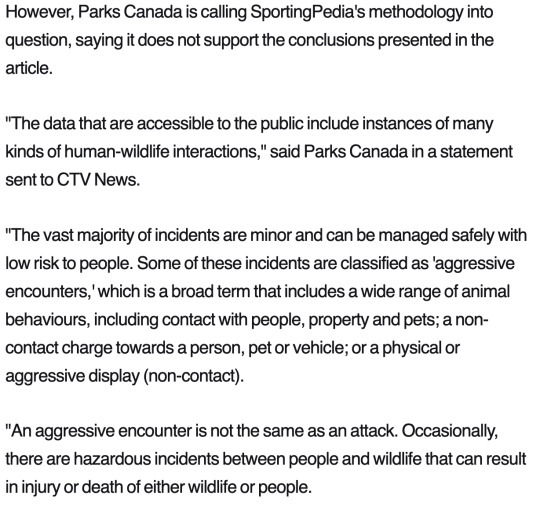
(yeah, that's my bad … remember kids, two wrongs don't make a right!)
That does still leave us with the question of why Alberta has so many wildlife incidents though. After all, the next closest province—British Columbia—has had only 293 wildlife encounters across the same eleven year period. Alberta's had more than ten times that amount!
So what could be the reason for such a massive increase? The most likely reason is because there's a large amount of space where human activity and wildlife habitat occupy the same area. Alberta's home to Banff and Jasper National Park, as well as the towns of Banff, Jasper and Canmore. All three of these towns offer stunning views of the Canadian Rockies—as well as close encounters with the wildlife. From elk venturing into Canmore backyards to posing with bears for cameras, there's no shortage of ways to encounter wildlife in these towns.
Adding to that, there's also the relative ease of access to this wildlife, especially by people who may not have as much experience with such animals. This is especially the case with Banff and Canmore. It's an hour and 40 minute drive to Banff from the Calgary International Airport (or an hour and 20 minute drive to Canmore from said airport). Given that the Calgary International Airport is the fourth busiest airport in Canada, it's not a stretch to say that people who want to come to those towns can get there pretty easily. Jasper is a bit further from its closest airport—it takes about 4 fours and 17 minutes to get from the Edmonton International Airport. But it's still doable if you don't mind the trip. All in all, the main takeaway here is that not only is there space to encounter the wildlife, said space is very accessible—especially for people who are travelling to see the wildlife or are unfamiliar with said wildlife (and thus might not know how to avoid it).
Aside from that, there's probably some other minor factors to this too. For instance, Alberta is home to Waterton Lakes National Park, which is home to a variety of wildlife (including a large population of deer that are habituated to humans). And both of Alberta's large cities aren't completely isolated from large wildlife. Both Calgary and Edmonton have the potential for wildlife encounters with animals like grizzlies and moose. Edmonton in particular is notable since it has the largest urban park in Canada in the form of the Edmonton River Valley which goes right through the city's downtown—that's likely why that moose was able to get downtown in the first place!
So in summary, the main reason Alberta is so high on that map is because of misrepresented data. The second reason Alberta is so high is because there's lots of opportunities to encounter wild animals. From national parks to river valleys, whether you're a local or just visiting, Alberta has plenty of opportunities. So make sure to stay safe and give the wildlife their space!
As an aside, if you're interested in learning more about Alberta, maybe check out @battle-of-alberta? It's no replacement for the in-depth knowledge provided by websites, articles, reports, courses or books (or any other media that I didn't include here). But I think it does a good job of presenting both information and "vibes" in an approachable and thoughtful way. It's not a substitute for actual research, mind you. But as a jumping off point, it's somewhere to get started (especially since some of the more informative posts point the reader to additional sources to further investigate).
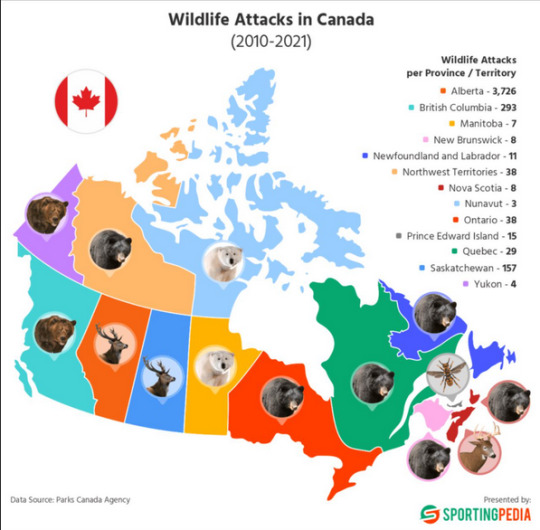
Most common wildlife attacks by Canadian province
#Canada#Alberta#Banff#Jasper#Canmore#Waterton#Calgary#Edmonton#wildlife#(apologies for the long post!)#(hopefully you don't mind all the additional information)#(and thank you for reading all this!)
2K notes
·
View notes
Text

After a little kitchen reno the Red Rock Trattoria in Waterton Park opens on July 1st with a refreshed italian menu and daily features! Reservations can be made at www.redrocktrattoria.ca or on opentable !
0 notes
Text
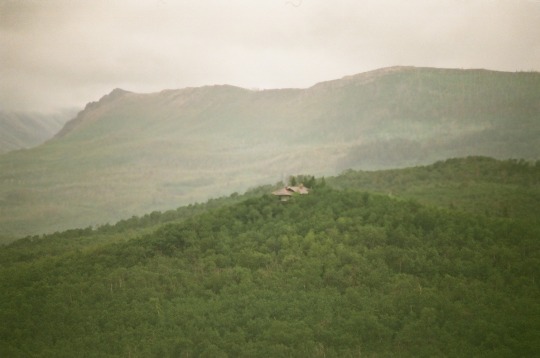
Isolation - Ricoh kr-10
#film#analog#photography#mountains#picture#art#film photography#analog film#travel#waterton#Alberta#architecture#scenery#photographers on tumblr#landscape
3 notes
·
View notes